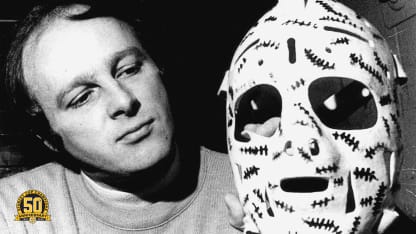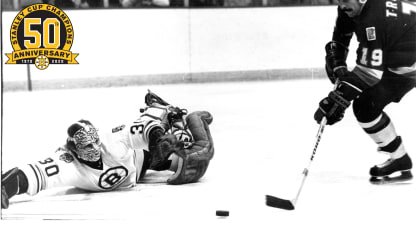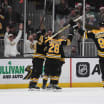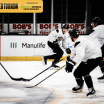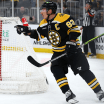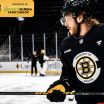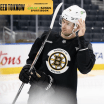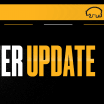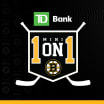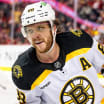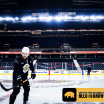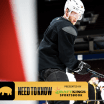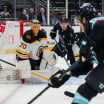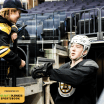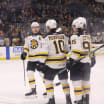BostonBruins.com -Gerry Cheevers admits that he wasn't much into practicing back in his playing days. During his 30-minute drives to the rink, the Hall of Fame netminder would often try to drum up ways to get out of skating that day. Early on in his career, he also passed the time by thinking of how he could spice up his plain white goalie mask.
"I couldn't even wear white socks, for some reason they disturbed me," said Cheevers. "I always wore black socks when the rest of the team was wearing white."
Fortunately for Cheevers, both of his problems were solved simultaneously.
After taking a shot up high during a practice in one of his first years with the Bruins - "it wouldn't have cut me if I didn't have my mask on, that's how soft the shot was" - Cheevers retreated to the dressing room, believing he had successfully executed his plan to get the rest of the day off.
Cheevers' Famous Mask was a Matter of Happenstance
Hall of Fame netminder's famous 'stitches' shield came to life by accident

Cheevers Q&A With Season Ticket Holders
